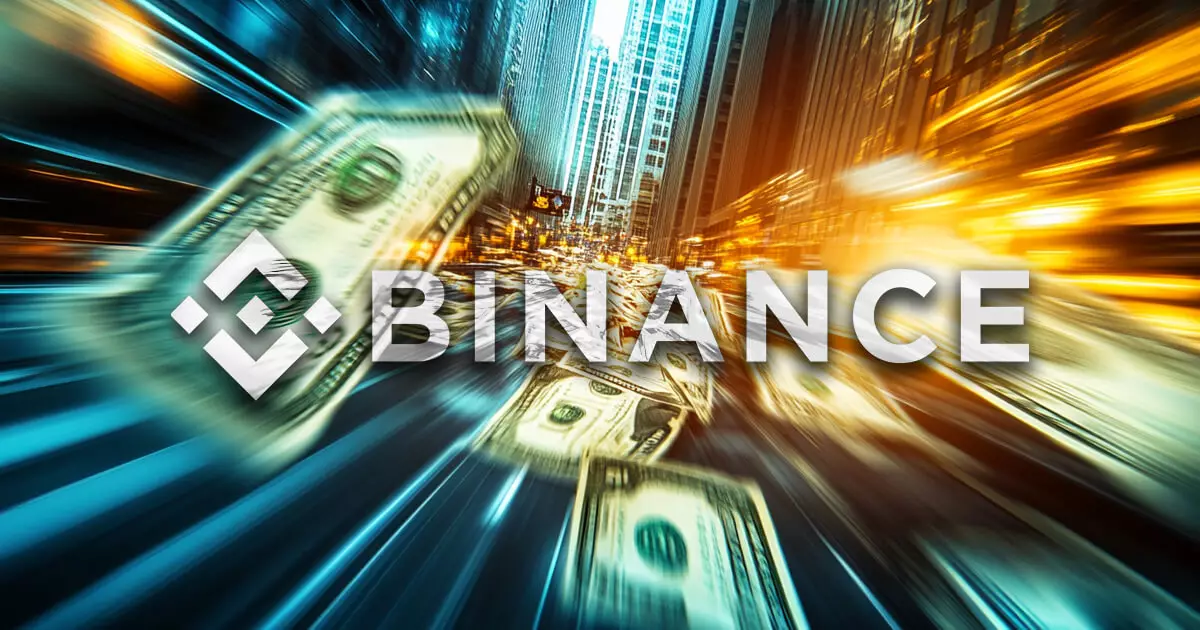In a significant development within the cryptocurrency arena, Binance has unveiled a new yield-bearing stablecoin named BFUSD, specifically tailored for futures and perpetual traders. Announced on November 18, this stablecoin aims to reshape the trading experience by offering an enticing annual percentage yield (APY) of approximately 19.55%. This yield enables users to earn rewards daily simply by holding BFUSD in their Binance futures accounts, without the traditional requirements of staking or locking their assets. Such a feature presents a compelling option for traders seeking passive income opportunities from their investments in an otherwise volatile market.
Users can acquire BFUSD through swaps with Tether USD (USDT), facilitating an easy integration into existing trading strategies. It boasts a commendable collateralization ratio of 105.54%, underpinned by a reserve of 1.1 million USDT as of November 17. This level of collateralization not only instills a sense of confidence in traders but also adheres to necessary financial safeguards to maintain market integrity. However, it’s noteworthy that the access to BFUSD is limited for users in specific regions, particularly where Binance Futures operations are restricted, such as in Brazil. Moreover, the rollout of BFUSD faces hurdles in regions subject to the Markets in Crypto-Assets (MiCA) regulation, effectively restricting user rewards therein.
Another interesting aspect of BFUSD is the differentiated experience based on user status. The holding limit for BFUSD is contingent upon a user’s VIP level on the Binance platform, potentially incentivizing increased trading activity and compliance with know-your-customer (KYC) regulations to attain higher limits. Interest calculations are executed based on the minimum BFUSD balance recorded in hourly snapshots, with daily distributions channeled to users’ UM Futures accounts. This structured approach creates transparency and predictability, elements crucial for traders who thrive on meticulous financial management.
BFUSD’s introduction comes at a pivotal moment for Binance, especially since the firm is pivoting away from its prior stablecoin, Binance USD (BUSD), following regulatory scrutiny. The New York Department of Financial Services (NYDFS) had mandated a halt in BUSD issuance earlier this year, prompting Binance to adjust its strategies accordingly. As the firm navigates away from BUSD and looks toward BFUSD, it enters a highly competitive landscape, where other stablecoins, such as Ethena’s sUSDe offering 29% APY, threaten to capture trader interest. Furthermore, the emergence of tokenized money funds, exemplified by BlackRock’s BUIDL, enhances competition by positioning fund shares as collateralized stablecoin alternatives.
The long-term success of BFUSD will largely depend on how effectively Binance can manage the dual challenges of market competition and regulatory pressures. In an era where asset managers and cryptocurrencies compete head-to-head, Binance’s latest venture could either solidify its market presence during a bullish crypto cycle or reinforce existing concerns surrounding regulatory compliance. As traders weigh the risks and rewards of adopting BFUSD into their trading practices, the upcoming months will be critical in assessing whether Binance’s strategic pivot pays off in a transforming landscape.

